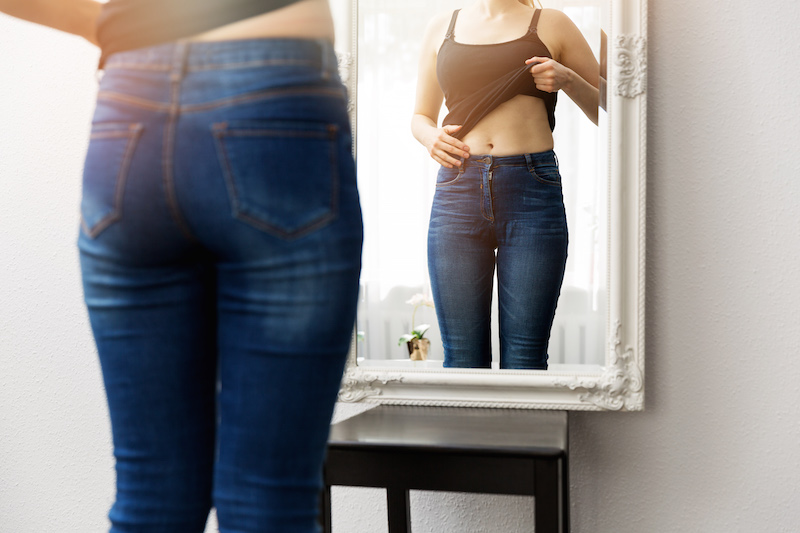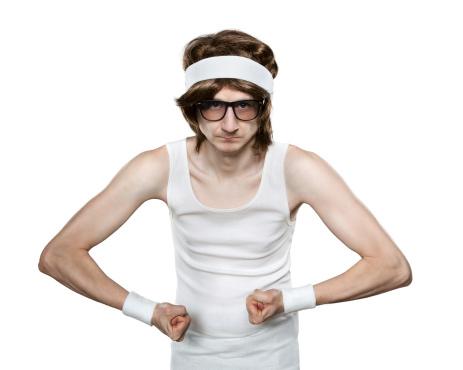Body Image and Bodybuilding: Balancing the Two

We don’t simply decide to hate our bodies—society teaches us to.
Body image, our inner picture of our outer appearance, represents not only the perceptions, attitudes, and evaluations pertaining to our bodies but also the behaviours that result from these thoughts. Although the development and conceptualization of body image has evolved over the past century, common throughout is the notion of the ideal body.
The ideal body, representing the standard of attractiveness, is a socially constructed phenomenon, fabricated by the prevailing interests, values, and practices of society. Therefore, although normalized (and thus deemed as acceptable), the ideal body is an artificial concept and the furthest thing from reality. What’s worse, the ideal body has evolved to symbolize more than merely physical beauty, coupled with media images to deceptively reflect youth, success, popularity, personal achievement, happiness, and even health. Consequently, we assume that the pursuit of this ideal body would guarantee these other discrete outcomes. These convictions are virtually unavoidable as the ideal body is promoted relentlessly and menacingly across disciplines and outlets, prompting young girls to answer “pretty” when asked, “What do you want to be when you grow up?”

So what’s the big deal anyway? Well first, we relinquish our truth and internalize the ideal body, adopting and prescribing its conditions and restrictions as if it were our own authentic view. Then, naturally, we compare our perceived current selves to this highly valued ideal, the one that society tells us we should want, the one that media shows us yields rewards. The discrepancy that we inevitably perceive between our current selves and the unrealistic and unattainable ideal triggers health-compromising and intense weight-management behaviours. From psychological distress (including decreased self-esteem, increased anxiety, and self-objectification tendencies) to harmful behavioural pursuits (including troubled eating and excessive exercise), a negative body image experience leaves us with fewer mental and physical resources to do what can truly bring us happiness. We learn to live to be looked at, our self-worth hinging solely on our physical appearance.

So where do we go from here? First and foremost, we need to be especially critical of social media. Being aware of the manipulated and photoshopped nature of social media images helps buffer their destructive influence. Next, do not compare yourself to others; that’s an absolute waste of who you are. You only need to prove yourself to yourself and don’t forget to show yourself some kindness in the process. Appreciate and accept your body for what it can do and be sure to celebrate when you feel good. Finally, surround yourself with people who are supportive and who recognize your worth and importance beneath the skin.
You do not need permission or approval to like your physical appearance; just don’t let it get in the way of your happiness or your health. Ultimately, true beauty is a state of mind, not a state of your body. At the end of the day, you may not love your body all the time, but love your body so it doesn’t matter if others don’t. The bad news is that you’re stuck with your body; the good news is that it’s all you’ll ever need.
Find Christyn on Instgram here!
Read more about body image dysmorphia and image disorder, read this article!

